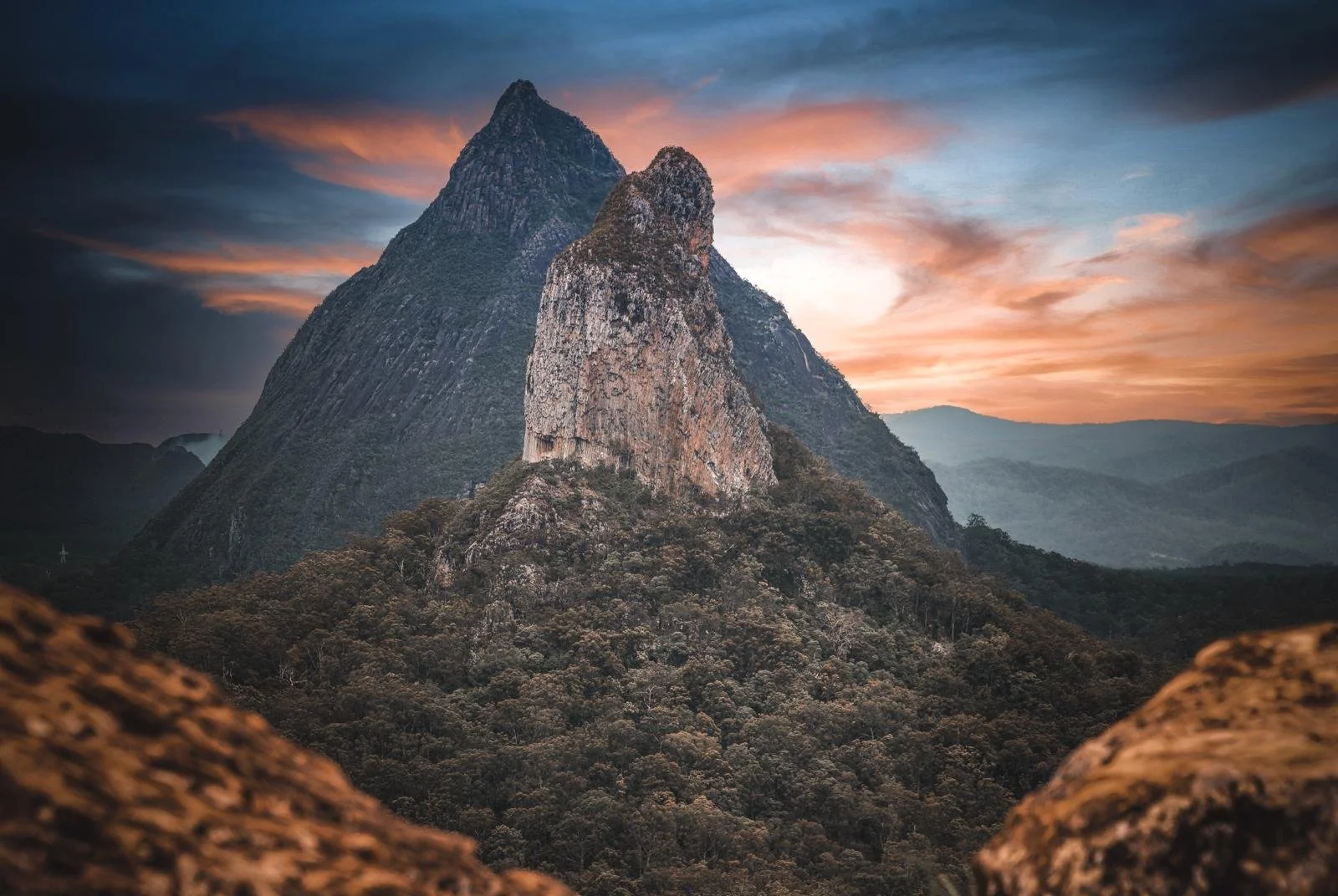Lens & Land: Exploring Landscape Photography Techniques
Landscape photography is more than just capturing scenic views; it's about telling stories through images, conveying the mood, and evoking emotions. The interplay between lenses and the landforms the essence of this art. In this article, we delve into the realm of landscape photography techniques, exploring how the choice of lens can transform a simple landscape into a captivating masterpiece.
Understanding the Landscape
Before delving into the technicalities of lenses, it's essential to understand the landscape itself. Each landscape has its unique features, lighting conditions, and mood. Whether it's the rugged terrain of mountains, the tranquility of a coastal scene, or the vastness of a desert, understanding the essence of the landscape is crucial for capturing its true beauty.
The Role of Lenses
Lenses are the eyes of your camera, and choosing the right one can significantly impact the outcome of your landscape photographs. Wide-angle lenses are popular choices for capturing expansive vistas, allowing you to include more of the scene in the frame. On the other hand, telephoto lenses help in isolating specific elements within the landscape, emphasizing their details and textures.
Techniques for Captivating Landscapes
Depth of Field: Controlling the depth of field is essential in landscape photography. A narrow aperture (higher f-stop number) ensures that both the foreground and background elements remain sharp, while a wide aperture creates a shallow depth of field, perfect for isolating a subject against a soft, blurred background.
Composition: The rule of thirds, leading lines, and framing techniques can enhance the composition of your landscape photographs. Experiment with different angles and perspectives to create visually compelling images.
Golden Hour Magic: The soft, warm light during the golden hour (just after sunrise or before sunset) adds a magical quality to landscapes. Utilize this time to capture stunning hues and long shadows that add depth to your photographs.
Long Exposure: Long exposure techniques can create ethereal effects, especially when capturing moving elements such as clouds, waterfalls, or waves. Use a tripod to keep your camera steady and experiment with different shutter speeds to achieve the desired effect.
Filters: Polarizing filters help reduce glare and enhance the saturation of colors, while neutral density filters allow for longer exposures even in bright conditions. Experimenting with filters can significantly enhance the quality of your landscape photographs.




Capturing the essence of landscapes requires a keen eye, technical proficiency, and creative vision. With the right techniques and a dash of inspiration, you can transform ordinary scenes into extraordinary works of art.
Conclusion
Landscape photography is a journey of exploration and creativity, where lenses serve as our windows to the world. By understanding the interplay between lenses and the land, and mastering various techniques, you can capture breathtaking landscapes that not only showcase the beauty of nature but also resonate with the viewer on a deeper level.
So grab your camera, pack your lenses, and embark on an adventure to explore the wondrous landscapes that await your discovery.
Happy shooting!
